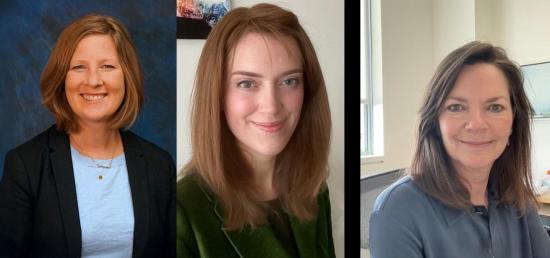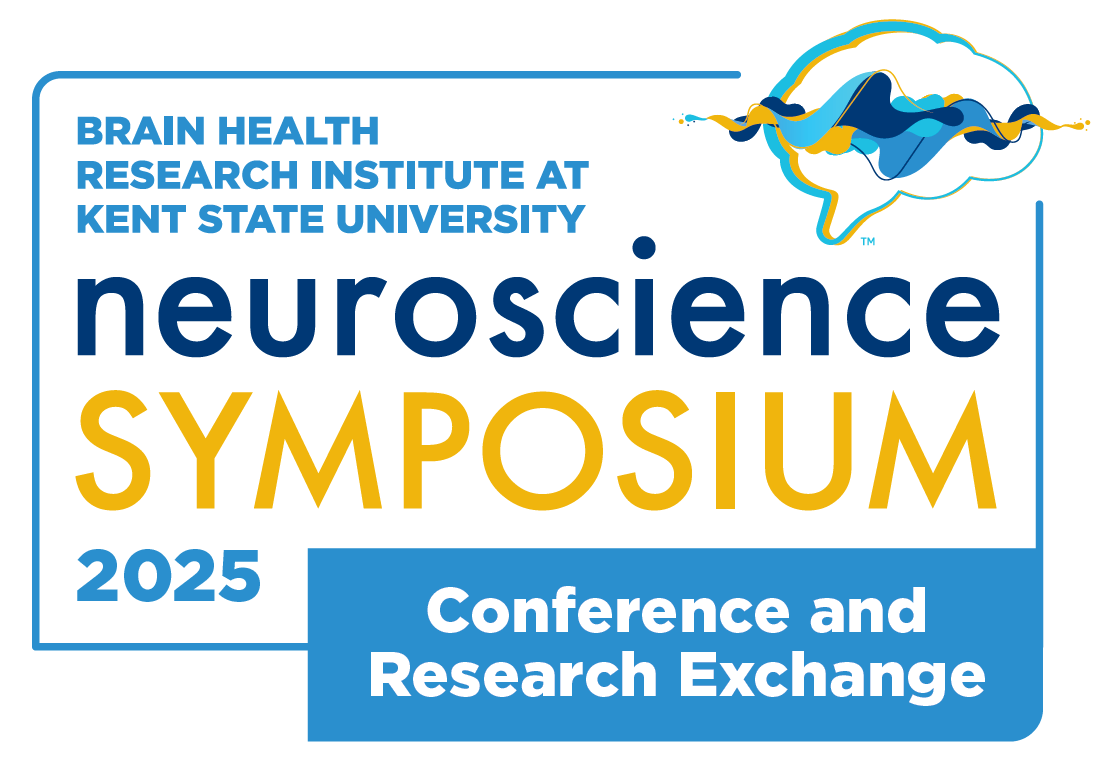┬ķČ╣╣¹Č│ŌĆÖs Brain Health Research Institute (BHRI) and Wick Poetry Center are joining forces with the School of Theatre and Dance for a performance of poetry that will celebrate the potential of human creativity.
The performance is the first in a series of brain health events scheduled to take place in October, culminating in the instituteŌĆÖs annual neuroscience symposium on Oct. 23-24.

| 
| 
|
The dance event, which is free and open to the public, is at 4 p.m. on Oct. 1, in the first-floor lobby of the Integrated Sciences Building, featuring four graduate student choreographers with Ambre Emory-Maier, assistant professor of dance, and David Hassler, the Bob and Walt Wick Executive Director of the Poetry Center.
ŌĆ£ItŌĆÖs a performance thatŌĆÖs based on a poem called ŌĆśPledge,ŌĆÖŌĆØ Michael Lehman, Ph.D., director of the Brain Health Research Institute, told Kent State Today.
Poets for Science is an interactive exhibit, installation and writing invitation that explores the connection between poetry and science, housed at the Wick Poetry Center on the Kent Campus.
ŌĆ£ŌĆśPledgeŌĆÖ is a community poem compiled from writing workshop participants at the March for Science Education Summit in 2018,ŌĆØ Hassler said. ŌĆ£It is a tribute to the earth, blending beauty, fragility, gratitude, resilience and celebrating nature and the potential of human creativity.ŌĆØ


The poetry event will kick off the month, which culminates in the BHRI Neuroscience Symposium 2025, Conference and Research Exchange. The two-day event, which takes place at the ┬ķČ╣╣¹Č│ Hotel & Conference Center, will highlight the research of Kent State faculty and students.
Lehman said the event has become a vehicle for showcasing the high-level research that is ongoing at Kent State.
The event opens Oct. 23, with a keynote address by John Gunstad, Ph.D., professor in the Department of Psychological Sciences, whose talk, ŌĆ£The KSU Student Life Study: The Start of a Brand-New U,ŌĆØ will focus on the universityŌĆÖs ongoing study, now in its third year.
Sessions on Oct. 24 will feature talks by:
- Stacy Miner, Ph.D., assistant professor of nursing and BHRIŌĆÖs assistant director for neurodiversity research, will speak on the topic ŌĆ£Shaping the Future of Neurodiversity Research: Insights from AI, Advocacy, and Collaboration.ŌĆØ
- Aleisha Moore, Ph.D., assistant professor of biological sciences and BHRIŌĆÖs assistant director, neuroimaging collaboratory, will speak on ŌĆ£The role of the brain in polycystic ovary syndrome.ŌĆØ
- Ph.D., associate professor of pharmaceutical sciences at Northeast Ohio Medical University and co-director of the UH-NEOMED Neurodegenerative Disease and Aging Research Center, whose topic is ŌĆ£Making a case for good behavior in Parkinson's disease research.ŌĆØ

A student research poster session and other short presentations by BHRI faculty and staff round out the dayŌĆÖs agenda. The day will conclude with poster awards and a farewell reception.
Lehman said the symposium is designed to give the maximum opportunities for students to put their research on display and to gain valuable feedback and recognition from faculty and other professionals attending.
ŌĆ£These are opportunities for our students to come and present their research to a broader audience,ŌĆØ he said.
The event is free and open to the public, but registration is required.
Also in October, Brain Health will host a BHRI Collaboratory Open House from noon to 2 p.m. on Oct. 17, in the Lower Level of the Integrated Sciences Building.
Tours of BHRIŌĆÖs Neurocognitive and Neuroimaging Collaboratories will showcase the latest in state-of-the-art equipment, including hands-on demonstrations and individual consultations with directors and staff.
The following equipment will be demonstrated during the BHRI Collaboratory open house event:
- Olympus Slide Scanner, which captures high-resolution images of microscope slides for quantitative analysis.
- The UltraMicroscope Blaze light sheet microscope, which enables rapid 3D visualization of entire biological systems at a subcellular level.
- MBF Microscope/MBF Bioscience Module Neurolucida, which captures high-quality images and z-stacks of brightfield or fluorescent sections.
- fNIRS ŌĆō functional near infrared spectroscopy, which can be used to measure blood oxygenation during activity in the brains of freely-moving human subjects.
- EEG, electroencephalography, which uses scalp electrodes to measure the electrical activity of the human brain in response to stimuli.
The event is free and open to the public, but registration is requested.

